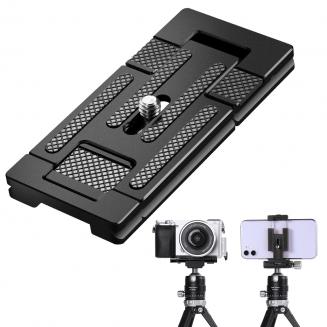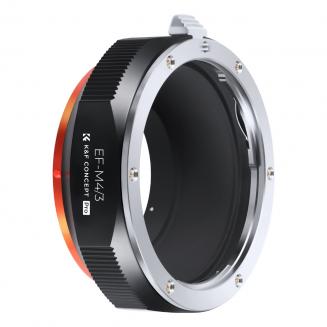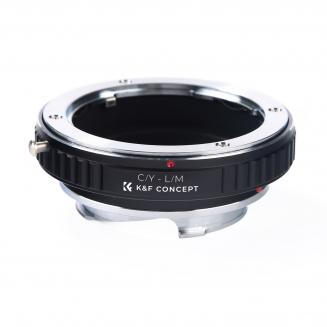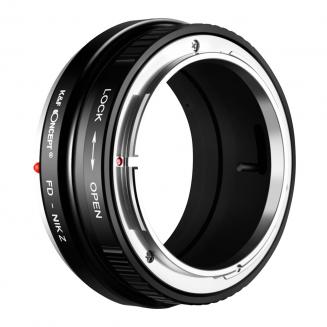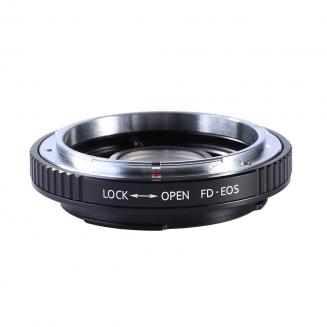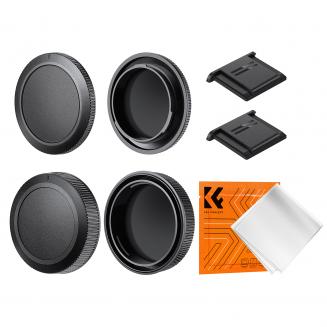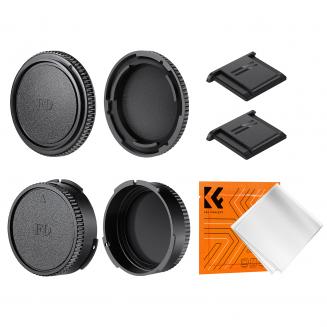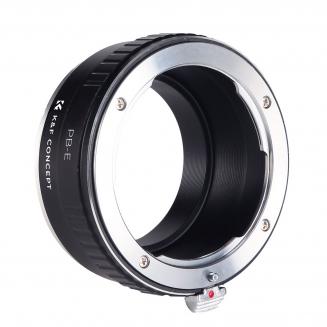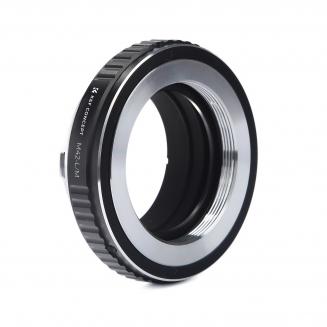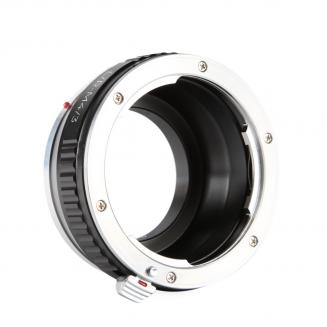Can You Mount Sigma Lenses On Canon Cameras?
16/09/2024
When it comes to photography, the compatibility of lenses with camera bodies is a crucial consideration for both amateur and professional photographers. One common question that arises is whether Sigma lenses can be mounted on Canon cameras. This query is particularly relevant given the popularity o...

